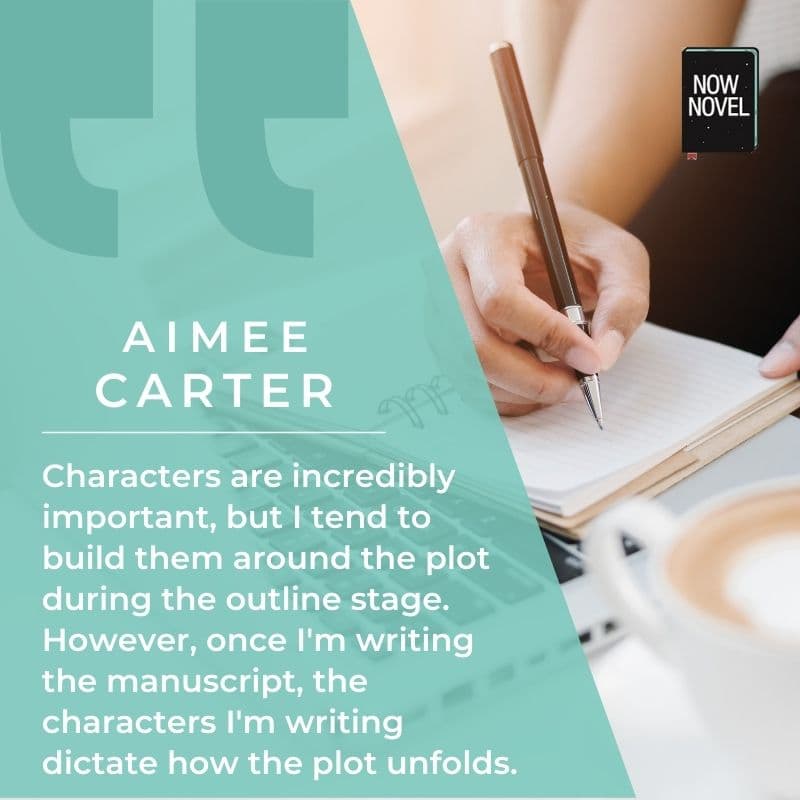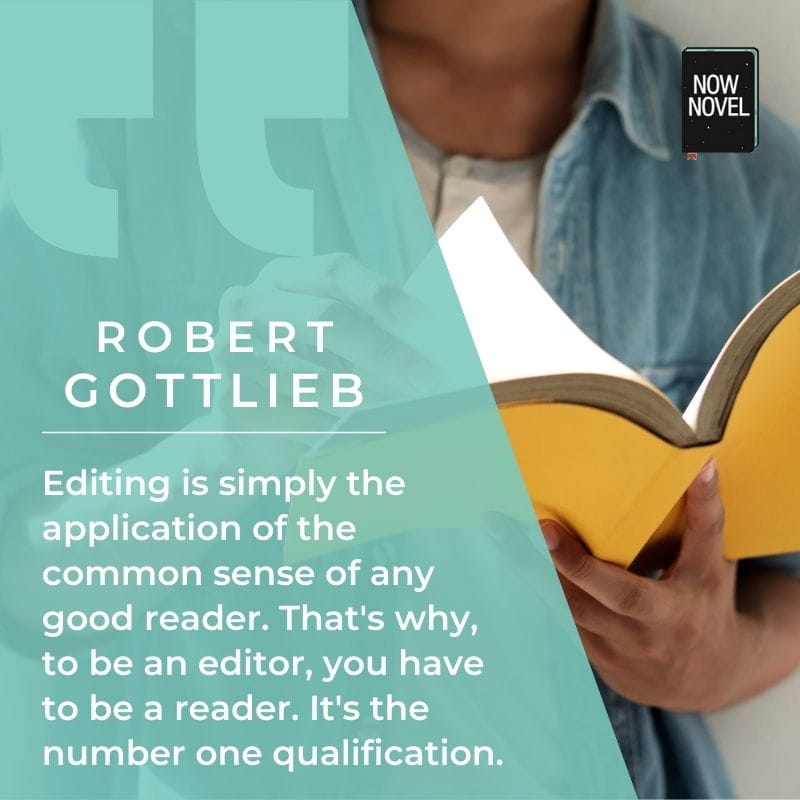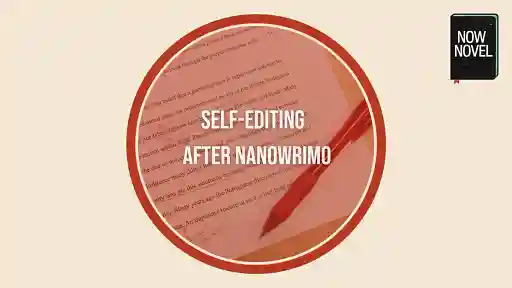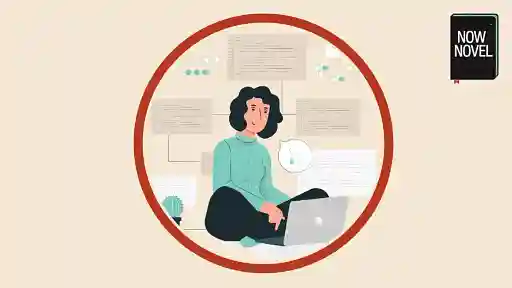Writers seek manuscript assessments for many reasons. Sense-checking the bones of a story are in the right place. Answering common questions such as, 'Is this interesting?' or 'My pacing feels off, how could I fix it?' Read six insights gathered from writing comprehensive readers' reports:
Ideas from writing manuscript assessments:
- Take out the most obvious signposts
- Invite your reader's imagination
- Overthrow tyrannical tics
- Beware secondary story hijackers
- Research the significant details
- Create the sense of an ending
Let's delve into these ideas:
Take out the most obvious signposts
Writing differs from a road trip.
On a road trip, you may want at least fairly regular signposts. Reminders of how many miles to go. How close you are to wherever you're headed.
In a story, your reader doesn't necessarily need to know what comes next all the time. You don't need to signpost each approaching incident or event. Foreshadowing tends to work best when subtle (unless it is being used deliberately to campy effect).
In a story, significant information may appear with the comforting regularity of cat's eyes (road studs) on a dark mountain pass. Yet there may be places where the reader has to slow down, ease forward.
Example: You could say a murderous, would-be poisoner buys rat poison (shortly after showing their dysfunctional relationship with their spouse).
Could this give away their ill intent too fast, though? You could say, 'She wandered down aisle 9 - gardening and pest control'. Insinuate, imply.
Inference invites your reader in, so they can have fun drawing their own conclusions.

Invite your reader's imagination
There is a sense that the author wants to control the entire reading experience when authors explain every detail so that there is nothing left to interpretation.
This is a frequent issue found when writing manuscript assessments.
For example, 'Jenna is at home eating peanut butter out of the jar in her PJ's because she's lost her job'.
The more we tell readers the 'why' of what they're seeing, the less engaging a story often becomes.
Engagement lies, in part, in the key reader question: 'Why am I seeing this?'
This is something great directors (like Alfred Hitchcock or David Lynch) understand well: The potency and intrigue of signs without their immediate referents.
When you show Jenna eating peanut butter straight out the jar in her PJs, then a snippet of the email she sends a recruiter, or her anxiously checking her bank balance, or another sign that adds up to the overarching scenario - her stress and worry - the reader has the pleasure of their own detective work. They add up the signs, knowing that you trust their capability.

Bring your publishing dreams to life
The world's best editors, designers, and marketers are on Reedsy. Come meet them.
Overthrow tyrannical tics
Voice in writing is complex. Your voice as a writer is a complex mix of things - what your influences are, what you want to say, what you enjoy or appreciate stylistically (and what you don't).
Writers have verbal tics in their style. Turns of phrase, grammar or other tendencies.
Yet tics can also become tyrannical if they make the author's shaping hand overly visible throughout the story, in a way that diminishes impact or immersion.

Example: Decades ago, a family member was working as an editor while doing her MA in psychology.
A writer sent her a manuscript where the exact same phrase was used every time the antagonist appeared.
The author had grown very attached to this particular line. The repetition was an echo on its first appearance, an annoyance by its seventh or eighth. The recommendation? To cut it.
The author grew angry when it was suggested the line was cut and severed the relationship. Yet the line made the writing read repetitively, as though it was parodying itself, unintended.
'Kill your darlings' is thus useful advice, because editing requires a degree of freedom. Ruthlessness, too.
Editing often reveals one's tics and the common writing mistakes one is most prone to making. Far from being embarrassing or cause for anger, it is necessary, so that you're able to sacrifice parts of the story - even if they are wonderful in some respects - that don't truly serve the whole.
Beware secondary story hijackers
Creating characters and inventing walk-ons is fun. New, secondary characters are often alluring (especially if your protagonist is starting to bore you or get on your nerves).
A common 'big picture' issue, however, is bit-part characters receiving what seems like excessive focus in such a way that central characters established as having the primary character arcs start to fade into the background.
If a character who has had no viewpoint narration the entire story is suddenly going to narrate a chapter, for example, make sure you have a good rationale for why this POV switch is necessary.
Have an explanation for your editor, so they can better understand (and serve) your broader intentions.
Research the significant details
Research easily becomes procrastination, yet it is also a vital part of writing - especially if you are writing a story based on historical figures or events.
Now Novel coach Romy shares good advice on research in our webinar on the subject.
List the essential details you need to research. If, for example, a large part of the action takes place in a historic setting (such as a particular monarch's castle), spend some time on this (you will often find useful adjacent information in the course of researching the Big Ticket things).
Example: A client wrote a fascinating account of the life of a minor court figure at the Tudor court during Henry VIII's reign.
At some point they described the yew trees on the palace grounds in detail. Looking up this detail to fact-check whether the palace grounds had yews proved this was indeed correct.
Research details your readers would be likely to look up (or have an editor fact-check for you). A few authentic details are sometimes all you need - like an Impressionist's approximating dot matrix, giving just the right hue and saturation.
Create the sense of an ending
A final insight from writing manuscript assessments - and getting to analyze the broad, big-picture sweep of stories - is how tricky it is to decide where to stop.
If a character dies, for example, in a story, should narration end just before their death, moments after their death, or even describe an afterlife?
The answer is: It depends.
Example: A client's story ended in the protagonist's execution, and the final scene contained a beautiful vision the character sees just before the swing of the axe.
This was suggested as a fitting ending rather than the draft ending which continued beyond this point. The vision was poignant and moving. The author had already done something history could not - they'd replaced a brutal and undeserved ending with something much more suggestive, nuanced, thematically resonant and profound.
What is the best advice or suggestion an editor has ever given you? Share in the comments below.
Looking for a manuscript assessment or editing? See our professional editing services for writers.









The references to writing with inference and letting readers do their own detective work will particularly stick with me. It fits well with "show, don't tell".
Todd Hicks - About 3 years ago
Hi Todd, thank you. That's true! I think 'show, don't tell' is a tricky way it's often phrased, and that line doesn't admit that telling is at times very useful/necessary (for example, giving a quick narrative transition such as 'It took them three days to reach the city'). Telling has its uses, so thinking of it in terms of giving information explicitly versus inference and suggestion is perhaps a helpful alternative. Thank you for reading our blog.
Jordan - About 3 years ago